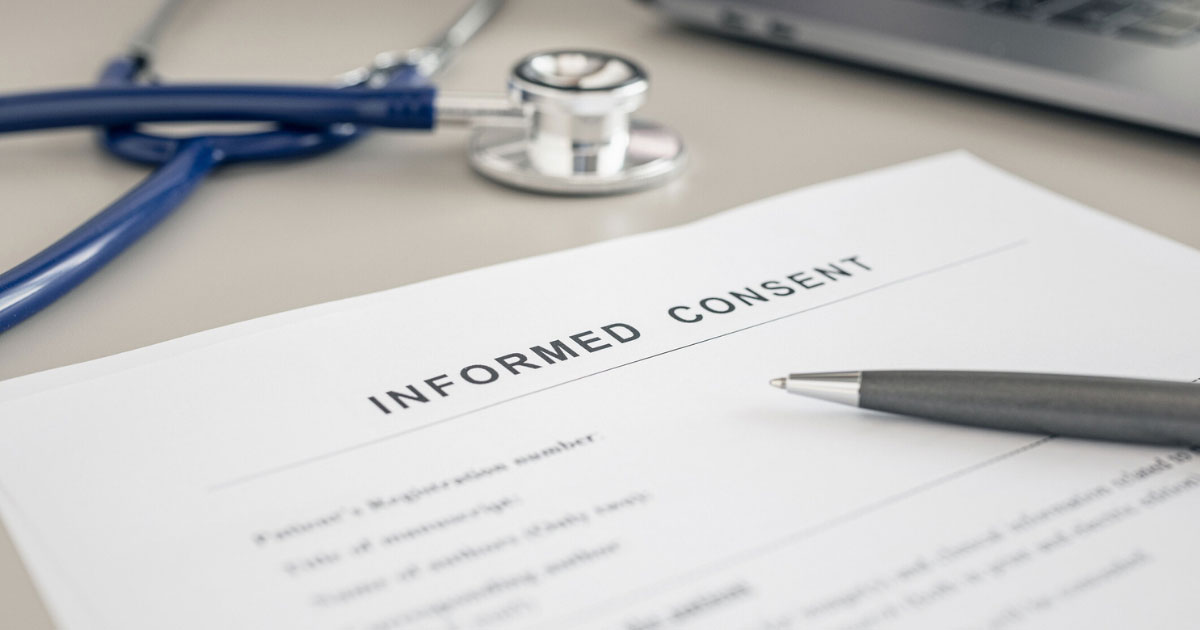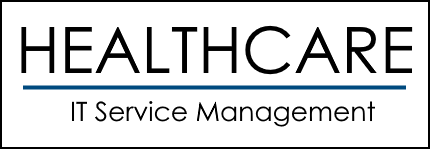Table of Contents
ToggleSubstance use disorder continues to carry a stigma in the United States, but the government has done what it can to try and limit the exposure patients face by protecting their records from unauthorized eyes. While the Health Insurance Portability and Accountability Act (HIPAA) has helped to control how much medical information a caretaker can divulge, the government believed another step was needed for further protection.
42 CFR Part 2, typically just called Part 2, is a law protecting the information of people dealing with substance use disorder to help them avoid scrutiny. Unfortunately, the law is complex and can be difficult for even SUD-related healthcare business owners to understand. This FAQ guide will answer some of the most common questions regarding Part 2 to help you better understand what the law entails and why you need the right IT solution to protect your company and patients.
What Are Some of the Most Frequent Questions Regarding Part 2?
The laws surrounding Part 2 are complex, and it is impossible to explore every fringe case or situation. However, you should get a basic idea of the requirements for Part 2 and how they affect your business.
There are two primary instances when a healthcare provider may disclose information about persons dealing with a substance use disorder, both with and without consent. If the patient consents to disclosure, then a healthcare professional can provide information to the appropriate parties. Additionally, the law outlines instances where a healthcare professional can reveal information without consent, such as in a medical emergency.
Healthcare providers who provide services for patients covered under Part 2 must do everything in their power to prevent records from unauthorized view. While this can seem daunting for a healthcare business of any size, it doesn’t need to be. Hiring an IT firm that can protect you from any issues with your system, like accidental information leaks or being compromised in a cyberattack, can be extremely valuable.

There are two primary aspects that determine when Part 2 applies to a patient or their caretaker. First and foremost, it’s important to examine the verbiage within the law – the creators specify that it is both “federally assisted” and a “program.”
“Federally assisted” concerns any SUD program that receives help from the federal government to provide treatment. This applies to many SUD programs, whether they have direct control and management by a federal office or receive money from the federal government.
“Programs” are anything that provides diagnosis, treatment, or referral for people with SUD. Programs can include individuals or medical facilities so long as they provide the aforementioned services.
Part 2 provides more protections for patients than HIPAA, and healthcare businesses and their associated providers will need to know these differences and how to protect themselves. With HIPAA, once someone legally discloses medical information, the protection ends.
Part 2’s protections, however, extend to the person or organization who learns of the information through legal means. Organizations must maintain the security regarding Part 2 records.
A study by the Substance Abuse and Mental Health Services Administration demonstrated that many people worry about maintaining confidentiality regarding their substance use disorder treatment.
Part 2 seeks to alleviate these fears and keep information regarding SUD history and treatment separate away from the general public’s knowledge. As such, medical providers have both a legal and ethical burden to maintain confidentiality when required by Part 2. Having well-maintained and organized digital records can prevent any leaks from happening and help keep your patients’ information secure and your business from dealing with legal fallout.
Patients also face the risk of stigma within the medical field if other entities acquire privileged Part 2 information. Some patients fear the stigma will lead to them not getting help or losing their insurance coverage.
The form should state the purpose of the disclosure and how much information the healthcare provider will reveal to the entities named in the form. There must be a legitimate reason for the disclosure and the patient must approve of any information provided as well as the entities you provide the information.
Once all the details are included, you must date the document and have the patient provide a signature. The form should also include a date when the consent will expire. As a healthcare provider, you will want to impress upon a patient the fact that they can revoke consent at any time.
A recent amendment to the law does allow a patient to consent to disclose information to entities with whom they do not have a providing relationship. For instance, a patient may want to provide documents to the Social Security Administration. The patient can allow a healthcare provider to provide this information without having to name the specific entity.
Additionally, the patient will not be able to provide consent orally, and you must have the proper information in writing for legal consent.
For healthcare providers in non-Health Information Exchange (HIE) environments, it is important to modify the consent forms on the patient’s records. A healthcare provider with an HIE environment should communicate with the health information organization and provide notes on the patients’ records.

Unlike HIPAA, Part 2 does not allow patients to opt out of the consent process. If a healthcare provider wants to share information with another relevant agency or party, they will have to seek consent each time. A patient cannot give a blanket waiver of their rights to privacy under Part 2.
Any information or records the Armed Forces acquire while a patient is subject to the Uniform Code of Military Justice must remain in compliance with Part 2. This does not apply to any information the Armed Forces share between themselves. If a veteran is seeking SUD treatment through the Department of Veterans Affairs, Part 2 is not applicable. However, Part 2 will apply when healthcare businesses exchange records with a patient getting help through the Military Health System and TRICARE.
However, Part 2 provides additional protection for a patient. If law enforcement approaches a healthcare provider with a general subpoena regarding a patient covered under Part 2 requirements, they cannot hand over the requested documents in most cases. For law enforcement to legally acquire the documents, they will have to acquire a special subpoena to access the files.
- Medical emergencies for the patient
- State law mandates reporting of information regarding potential child neglect or abuse to law enforcement or other authorities
- Research requests
- Law enforcement presents a valid court order to view the privileged information
- When a patient makes a reasonable threat to commit a crime
- When a lawful entity conducts an audit of medical records
- When a qualified service organization needs the information to provide services to the healthcare program
Your employees must ensure that they follow the proper procedures when presenting information to other parties without the patient’s consent. To do so, it is essential that you maintain your digital filing system to avoid any accidental information leaks or hacking attempts.
Healthcare ITSM: Helping With Any Healthcare IT Needs
Managing Healthcare IT is one of the most important tasks for modern SUD treatment and recovery businesses, just as it is for other healthcare businesses. Secure and organized digital records will help your employees access the information they are authorized to view while reducing the risk of accidentally leaking information or losing important documents. If you need to reassess your information systems to ensure Part 2 compliance, our team at Healthcare ITSM can help.
Contact us today to learn more about our IT solutions for healthcare businesses or to schedule a consultation.
Resources :
- Compliancy Group. (n.d.). Substance Abuse Disorder Treatment: 42 CFR Part 2 and HIPAA. Retrieved from https://compliancy-group.com/substance-abuse-disorder-treatment-42-cfr-part-2-and-hipaa/
- American Society of Addiction Medicine. (n.d.). FAQs about 42 CFR Part 2. Retrieved from https://www.asam.org/docs/default-source/advocacy/coe-phi-faqs-about-42-cfr-part-2.pdf”
- Substance Abuse and Mental Health Services Administration. (n.d.). Substance Use Confidentiality Regulations. Retrieved from https://www.samhsa.gov/about-us/who-we-are/laws-regulations/confidentiality-regulations-faqs

With over 16 years in the industry, Jameson Lee has honed his skills in IT management, project execution, and strategic planning. His ability to align technology initiatives with business goals has consistently delivered remarkable results for organizations across various sectors.
Jameson’s educational background includes an Associate of Applied Science degree in Computer Networking Systems, providing him with a solid foundation in technical concepts and best practices. Complementing his technical acumen, he has also completed coursework in Business Administration, equipping him with a well-rounded understanding of the operational aspects of running successful businesses.
Driven by a commitment to staying ahead of industry trends, Jameson actively pursues professional certifications and continuous learning opportunities. His credentials include CompTIA A+, N+, and Security+, along with MCP and MCTS certifications. This dedication ensures that he remains at the forefront of technological advancements, enabling him to offer innovative solutions to complex challenges.
What sets Jameson apart is his personable approach to working with clients. He believes in fostering strong relationships and effective communication, collaborating closely with stakeholders to understand their unique needs, and provide tailored technology solutions. By building trust and understanding, Jameson ensures that every project is aligned with the client’s vision and objectives.
Throughout his career, Jameson has successfully led teams and implemented robust frameworks to optimize performance and achieve remarkable technological initiatives. Whether it’s streamlining operations, enhancing cybersecurity measures, or implementing cutting-edge software solutions, Jameson has consistently delivered tangible outcomes for his clients.
As a trusted IT partner, Jameson’s mission is to empower businesses with technology solutions that drive growth, efficiency, and competitive advantage. With his expertise, dedication, and personable approach, Jameson Lee is the catalyst for transforming your business through the power of technology.


